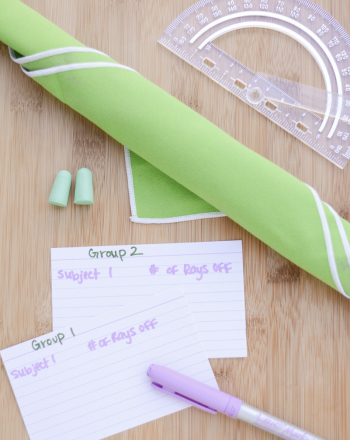
Cargando...
Que puis-je faire ?
226348 materialEducativo
textoFiltroFichaÀ propos de cette ressource...

Humans use both "monaural" (one ear) information and "binaural" (two ear) information in order to locate (or "localize"), people, animals, and noisey things. In this experiment, blindfolded subjects will be assigned to one of two groups. Group One, the "monaural group," will guess the location of a kitchen timer when it rings with one ear blocked by an ear plug. Group Two, the "binaural group," will guess the location of the timer with both ears. You can then compare the accuracy of the guesses in each group. How do we localize objects and beings in space through sound?
It is an educational content by education.com.
By clicking on the title of this resource, you will be redirected to the content. If you want to download the project, you just have to join the website, which now is for FREE.
Contenu exclusif pour les membres de

Mira un ejemplo de lo que te pierdes
Autores:
Catégories:
Étiquettes:
Fecha publicación: 12.5.2016
La licence originale de la ressource est respectée.
Que se passe t’il ? Inscrivez-vous ou lancer session
Si ya eres usuario, Inicia sesión
Ajouter à Didactalia Arrastra el botón a la barra de marcadores del navegador y comparte tus contenidos preferidos. Más info...
Commenter
0